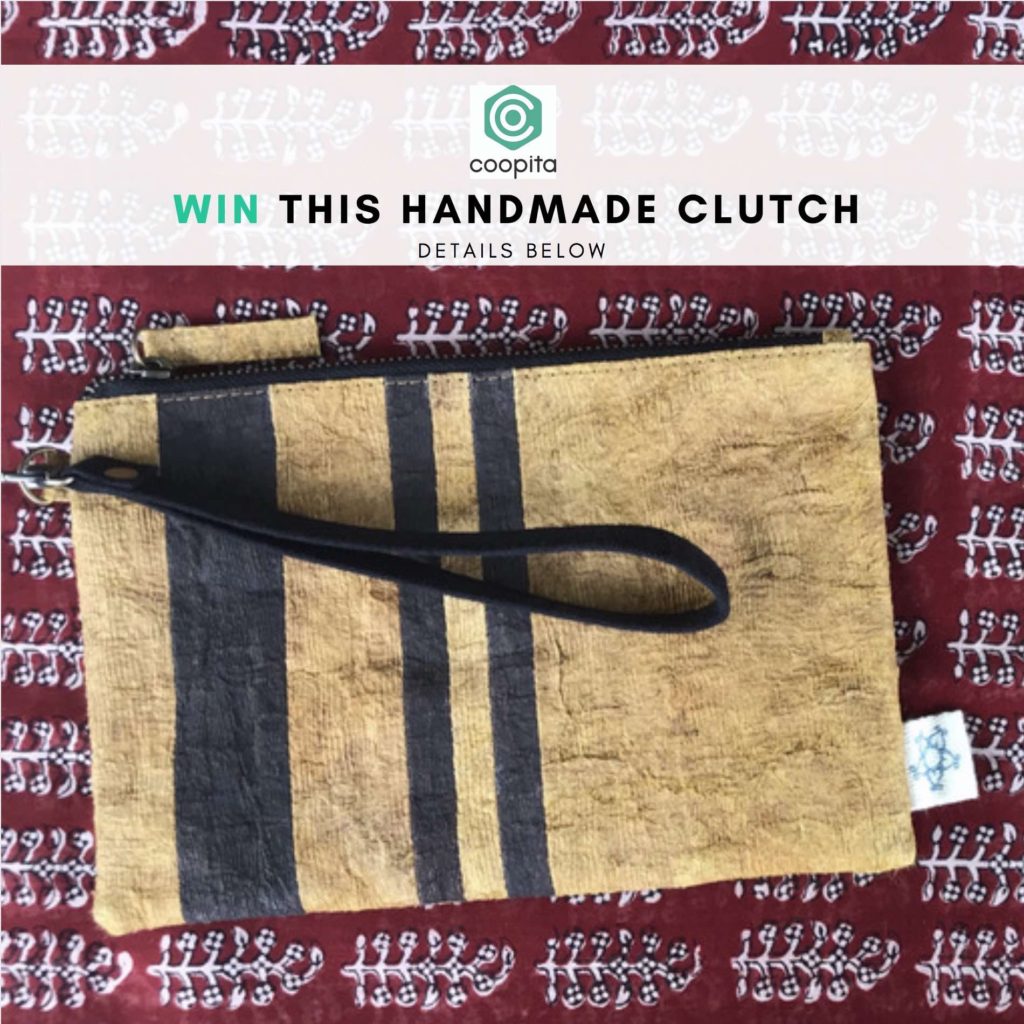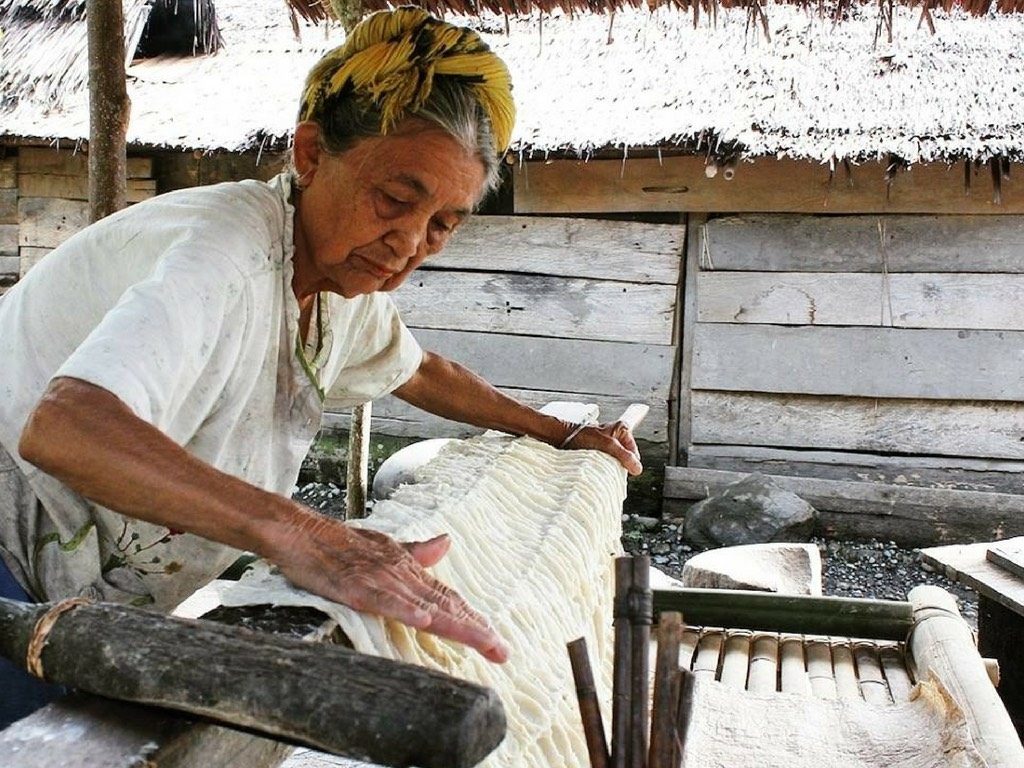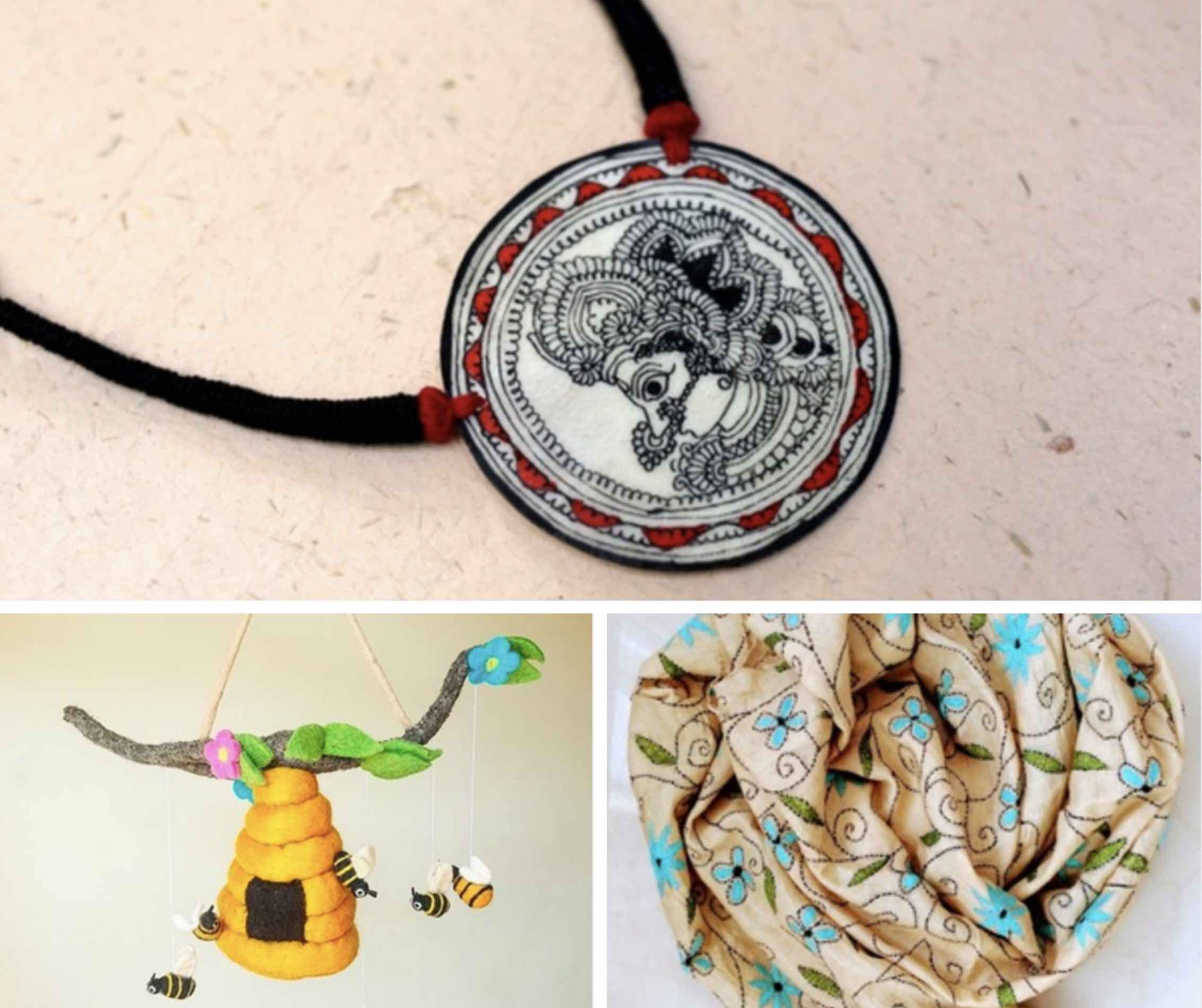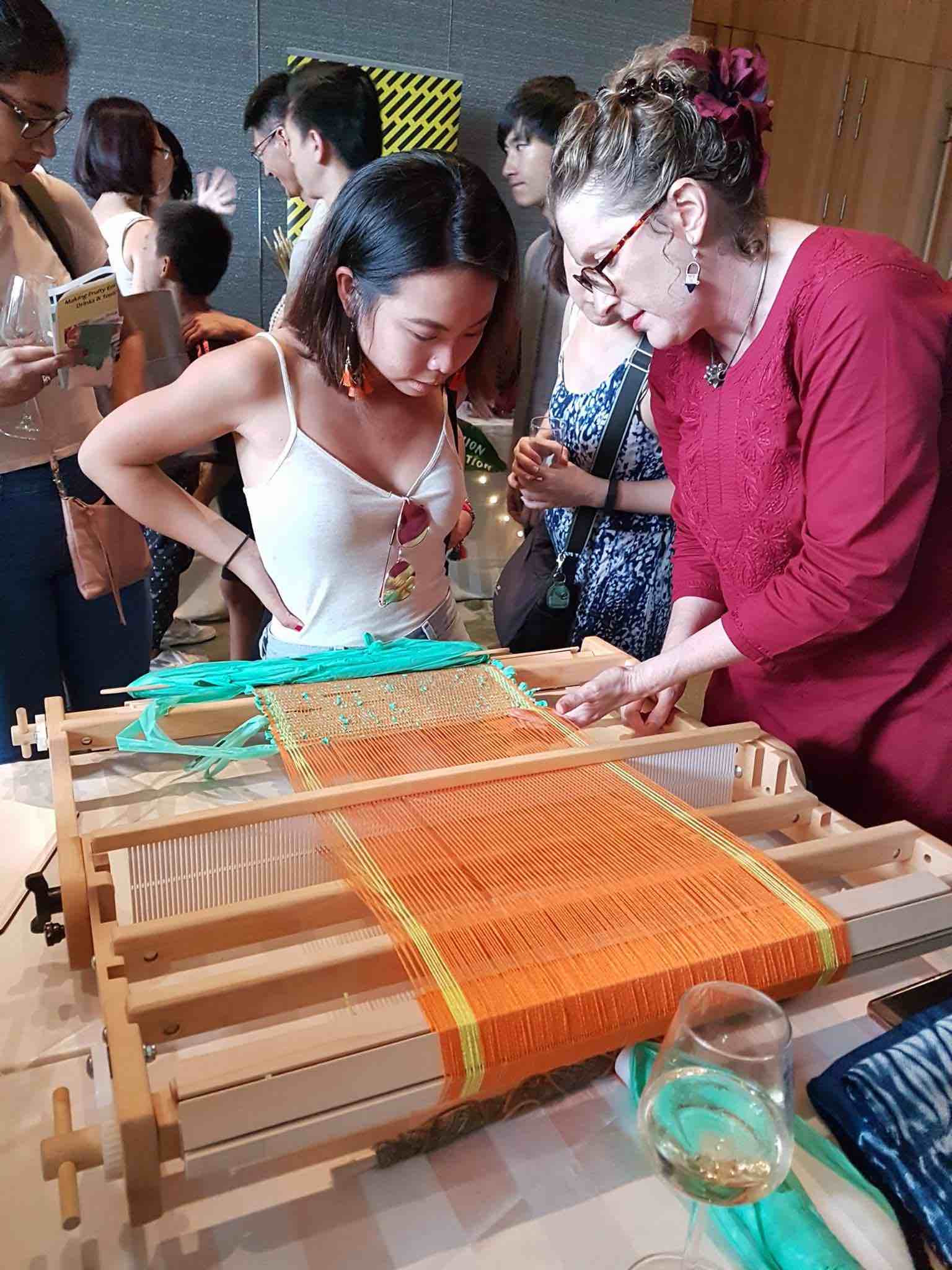Published 27 November 2017 ● Last Updated on 27 November 2017
Secondsguru in conversation with Naomi Jacob, co-founder of Coopita. Originally posted on Coopita.com.
Have you ever walked down roads lined with colonial buildings and marvelled at their grandeur? Been awed by the medieval churches and their splendour? Given yourself a neck-sprain by gazing too long at Michelangelo’s ceiling at Sistine Chapel? Had a jaw drop when face-to-face with the pristine beauty of Taj Mahal?
We all have our favourite relics, and need little convincing to support the preservation of yesteryears. Ironically, it is the living works of art that are having trouble surviving in today’s world.
Take hand-looming for instance: mechanised looms with cheap produce have slowly made weaving an unviable profession. As it turns into a rare skill, some specialised weaves are already lost knowledge. Even unique handicrafts – such as fashioning fabric out of trees – lack a steady market, and are left with a dwindling number of practising craftsmen. Such generational knowledge is at risk of being lost forever!

Seeing this modern struggle of traditional crafts led to the creation of Coopita, a social enterprise based in Singapore. “There is a vicious cycle at play – where lack of innovation leads to lack of demand and the inability of traditional craft skills to provide artisan communities with the income they needed to survive,” says co-founder Naomi Jacob. By nurturing maker communities and designing for the times, Coopita seeks to break the cycle. Its solution is to innovate in partnership with regional artisans, creating products that have a market in urban centres.
Coopita’s e-commerce platform curates Asian craftsmen and artisans and enables them to directly sell their handmade products to a global consumer base. The collection balances finesse with history; the products are current, but the designs classic.
The beginnings
Naomi recounts that it was during a big fat Indian wedding – her own – that she first realised the survival stress traditional crafts were facing. “My mother gave me two saris that she said were extremely special, as the skills to create the intricate weaves no longer existed,” she recounts. “Seeing craft skills disappear within the span of a single generation was an eye-opener.”

Her concerns were mirrored by co-founder Mayur Singh, who counts traditional crafts as an integral aspect of his life growing up in North India. Their shared realisation gave birth to Coopita’s mission: to preserve the traditional craft skills of Asia, by creating and sustaining livelihoods of the craftsmen.
For months before actually beginning operations, Coopita’s team travelled extensively across India and South-east Asia to understand what value they could bring to artisan communities across Asia. “We realised that most of our maker partners wanted support in taking their businesses cross-border,” says Naomi. To this end, Coopita.com created a platform with 20 makers on-board representing 5 countries, and came to market in June 2016. Some of the initial names include Red Lotus Jogja (batik), Borneo Chic (Dayak weaving), Batak Craft (basket weaves) – all community-driven artisan networks. In this marketplace model, the makers ship directly to consumers.
As Naomi points out “We cover indigenous crafts that are in danger of being forgotten. We work with such remote communities – the rainforests of Palawan and the relatively unexposed north-eastern regions of India for example – and we curate unusual products like the barkcloth accessories.”
Portal of discovery
One of the delights of scanning Coopita’s portal is discovering crafts and creation methods that a city-dweller’s path would usually never cross. Their partners are often based in, or sourcing from, remote communities where centuries-old processes of slow production are in motion. Take for instance, the barkcloth that Naomi mentions. The material is created by indigenous artisans in Bada Valley (Central Sulawesi, Indonesia) who strip barks, then peel and pound it to create malleable, even fabric. This production technique is thousands of years old, and now kept alive by a handful of elders in the area. Through Coopita, consumers can experience – and support – this art when they purchase bags and necklaces designed by Cinta Bumi Artisans who source directly (and ethically) from Sulawesi.

Coopita’s product lists spans toys to toiletries, its categories ranging from homeware to clothing. With footprints in 10 Asian countries, it seeks to balance items with easy universal appeal (think hand soaps and wall art) to intricate items (such as embroidered fabrics). You can find Indian traditional kantha embroidery on silk [See ArtEastri], but in the garb of a stole which can easily fit in the wardrobe of today’s women. There is mural art on display – but as accessories: votive candles, jewellery boxes, even necklaces that are painted bamboo fitted into cotton thread – all items for a modern home [See EthniiChic]. There are over 100 maker organisations representing over 200 craft communities across 10 countries in Asia. As the expansion suggests, consumers are supporting the idea with their wallets, and now Coopita seems poised to move beyond connecting makers to consumers, to developing an in-house label with artisan partners.

Such innovation is necessary to revive old art forms, and is manifest in so many of today’s social enterprises working to preserve historic crafts. But innovation alone may not be enough. Coopita has also been creating opportunities for consumers to interact with makers and become aware of the stories behind the products.
At one such outreach event, Green is the New Black, in Oct 2017, Coopita partnered with Singapore based textile artist Lynelle Barret to demonstrate a fascinating upcycling showcase of spinning regular plastic grocery bags into fabric! As visitors to the kiosk got a chance to engage with the craft, they found a deeper appreciation for it, and it may well translate in a willingness to pay a price for its true value.

“UNESCO actually classifies traditional craft skills as intangible cultural heritage, and preserving these skills are as imperative as preserving an Angkor Wat or the Singapore Botanic Gardens,” says Naomi. At Coopita, the team is doing what it can to empower Asia’s artisan communities … but there must be a consumer buy-in to enable future generations of artisans to keep these skills alive.
Visit Coopita.com, and sign up for their newsletter if you want to read maker stories, get sneak previews of new collections, and (of course!) be the first to receive offers and promotions. To get a touch and feel of their products, you can visit them at these upcoming events:
- The Fairs at Pan Pacific: 30 November – 1 December.
- Stamford American International School X’Mas Market: 2 December
- Coopita x Swapaholic: Plastic Swap: 2 December @ Liang Court
- Christmas Glamour at The Fullerton Hotel: 4 December
- Weekend Pop Up: 9 December
- Trehaus Enchanted Christmas Market: 9 December
- CRIB Xmas Market: 16 December



0 Comments